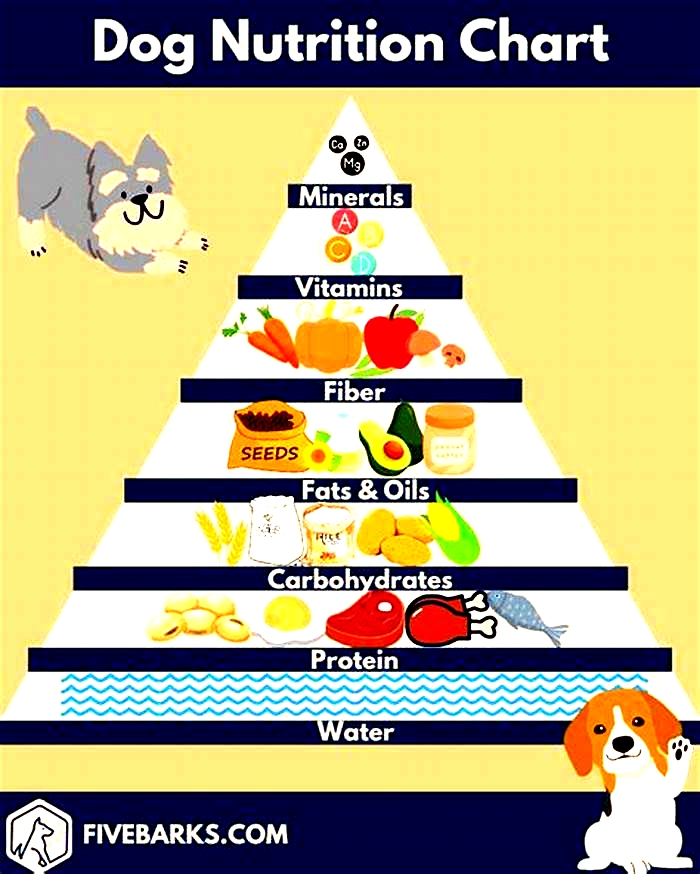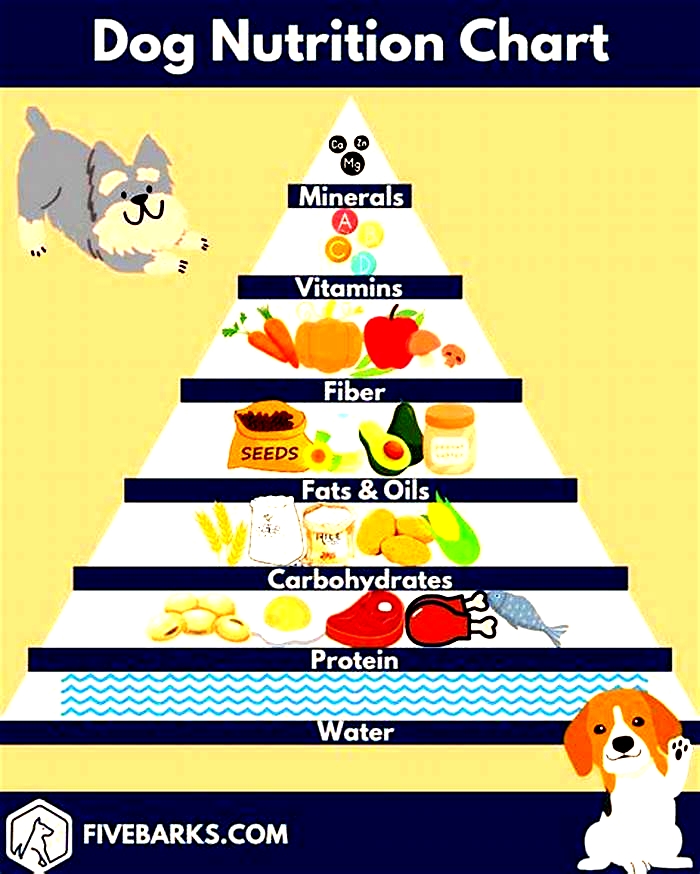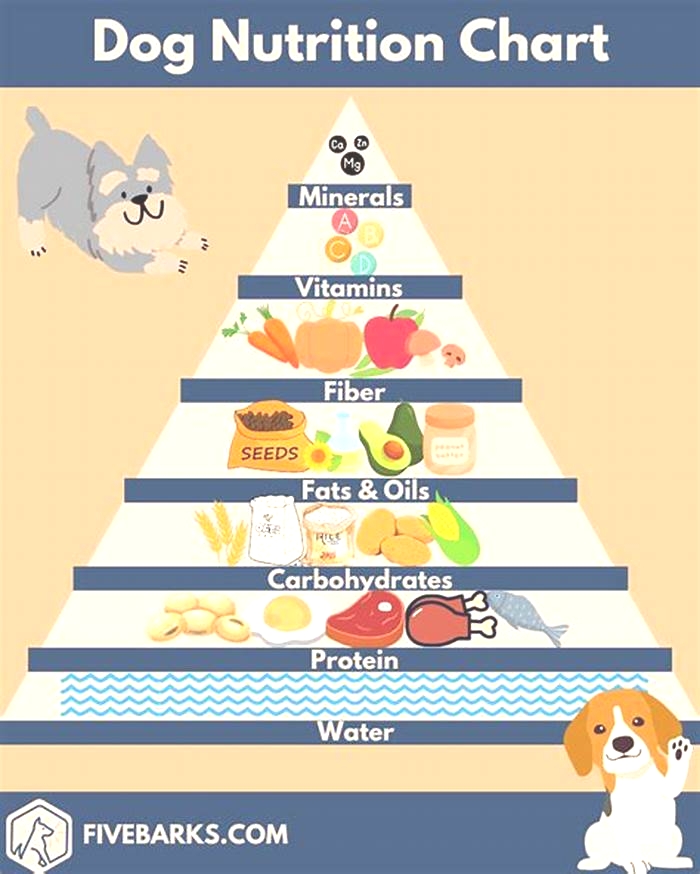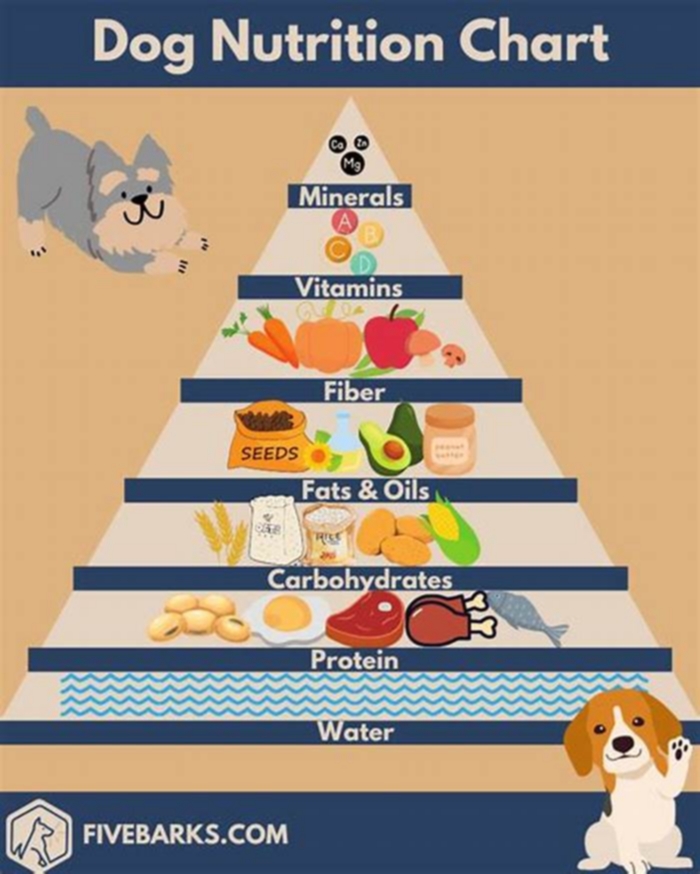Specialty Dog Nutrition Providing Tailored Diets for Optimal Health
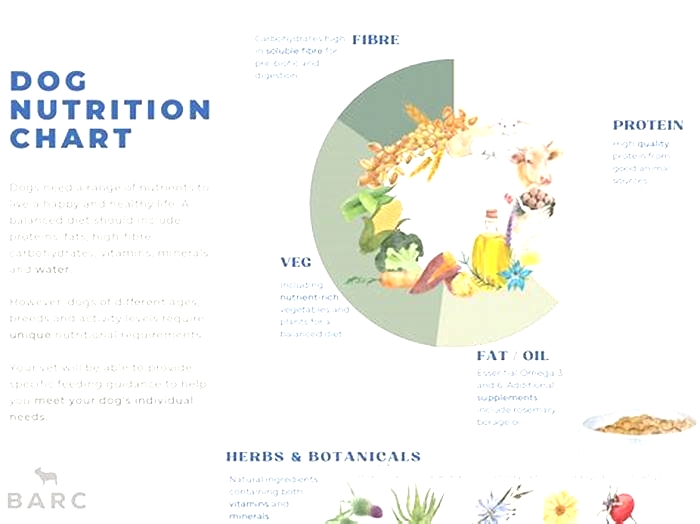
A Guide to Specialized Diets for Dogs with Health Issues
As cherished members of our families, dogs deserve the utmost care, especially when facing health issues. Nutrition plays a pivotal role in supporting their well-being, and specialized diets tailored to specific health concerns can make a significant difference in their overall quality of life. Whether managing allergies, weight issues, or chronic conditions, providing dogs with a carefully crafted diet can contribute to their health and happiness.
Allergies and Sensitivities:
Dogs, like humans, can suffer from allergies and sensitivities, often manifested through skin irritations, digestive problems, or respiratory issues. Specialized diets for dogs with allergies typically focus on eliminating common allergens such as wheat, soy, or certain proteins. Grain-free and hypoallergenic formulations, enriched with alternative protein sources like duck or venison, help alleviate allergic reactions and provide relief for sensitive pups.
Weight Management:

Obesity in dogs can lead to a myriad of health issues, including joint problems and decreased lifespan. Specialized diets for weight management are designed to control calorie intake while ensuring essential nutrients. These diets often incorporate increased fiber content to promote satiety, and protein to maintain muscle mass. Additionally, veterinary-prescribed weight management formulas cater to individual calorie requirements, addressing the specific needs of each dog.
Joint and Mobility Support:
As dogs age, joint problems and mobility issues can become prevalent. Specialized diets enriched with omega-3 fatty acids, glucosamine, and chondroitin sulfate can provide support for joint health. These nutrients contribute to reduced inflammation, improved joint flexibility, and overall enhanced mobility, helping senior dogs maintain an active and comfortable lifestyle.
Digestive Health:
Dogs experiencing gastrointestinal problems, such as chronic diarrhea or sensitive stomachs, benefit from specialized diets focused on digestive health. Easily digestible proteins, prebiotics, and probiotics are commonly included in these formulations to promote a healthy gut flora balance, aid digestion, and alleviate gastrointestinal discomfort.
Renal and Urinary Health:
Canine companions dealing with renal or urinary issues necessitate diets carefully formulated to address their specific health challenges. These specialized diets aim to manage kidney function and minimize the risk of urinary stones, offering a comprehensive approach to urinary system health. Typically, these formulations feature restricted levels of phosphorus, a key consideration as elevated phosphorus levels can strain the kidneys. High-quality protein sources are often incorporated to ensure that dogs receive essential nutrients without overburdening their renal function.
Furthermore, the inclusion of increased water content in wet food options becomes a crucial element in supporting hydration, a vital aspect of urinary health. Adequate hydration plays a pivotal role in preventing the formation of urinary stones and supporting overall urinary tract function. The emphasis on moisture-rich formulations not only promotes proper hydration but also adds palatability to the diet, encouraging dogs to maintain a healthy fluid intake. By addressing both dietary components and hydration levels, specialized diets for dogs with renal or urinary issues provide a holistic approach to maintaining optimal kidney function and urinary health. Pet owners should consult with veterinarians to determine the most suitable dietary plan based on their dogs specific health condition and requirements.

Ollie dog foodexcels as a premium, personalized nutrition solution tailored for dogs facing health challenges. Through individualized meal plans based on factors like age, weight, and specific health concerns, Ollie ensures that dogs with allergies or sensitivities receive allergen-free options, minimizing allergic reactions and digestive issues. The brands commitment extends to weight management formulations, addressing obesity and weight-related concerns. Enriched with omega-3 fatty acids, glucosamine, and chondroitin sulfate, Ollie supports joint and mobility health, particularly beneficial for senior dogs.
Additionally, the emphasis on digestive health is evident through easily digestible proteins, prebiotics, and probiotics, promoting a healthy gut microbiome. Ollies use of high-quality ingredients further underscores its dedication to providing top-notch nutrition, supporting overall vitality and immune system health for dogs with specific health needs.
Conclusion
In conclusion, specialized diets for dogs are tailored to their health issues is an expression of care and responsibility. These diets address specific needs, ensuring that our canine companions not only enjoy delicious meals but also receive the necessary nutrients to thrive despite health challenges. Consulting with veterinarians to determine the most suitable specialized diet for individual dogs is paramount, as it allows pet owners to make informed choices that positively impact their furry friends well-being and longevity. Through the thoughtful consideration of their unique health requirements, we can contribute to our dogs overall happiness and ensure they lead fulfilling lives.
Explore Further:
Precision Nutrition: A Review of Personalized Nutritional Approaches for the Prevention and Management of Metabolic Syndrome
The Road to Tailored Dietary Advices
One of the ultimate goals of the promising field of precision nutrition is the design of tailored nutritional recommendations to treat or prevent metabolic disorders [1]. More specifically, precision nutrition pursuits to develop more comprehensive and dynamic nutritional recommendations based on shifting, interacting parameters in a persons internal and external environment throughout life. To that end, precision nutrition approaches include, in addition to genetics, other factors such as dietary habits, food behavior, physical activity, the microbiota and the metabolome. Following the completion of the mapping of the Human Genome, a cumulative number of association studies have been performed in order to identify the genetic factors that may explain the inter-individual variability of the metabolic response to specific diets. In this sense, while numerous genes and polymorphisms have been already identified as relevant factors in this heterogeneous response to nutrient intake [2,3,4,5,6,7], clinical evidence supporting these statistical relationships is currently too weak to establish a comprehensive framework for personalized nutritional interventions in most cases [8]. Thus, although most of findings on this topic are still relatively far from giving their fully expected potential in terms of translation and application of this knowledge to precision nutrition [9], some of them have been successfully developed in both the public and the private sectors. On one hand, the hypolactasia diagnosis [10], the celiac disease ruling out [11] or the phenylketonuria screening [12], have allowed the implementation of tailored nutritional advices based on genetic makeup for years, i.e., avoiding lactose-, gluten- and phenylalanine-containing products to at-risk individuals. On the private sector, many companies are already offering genetic tests to customize diets based on the individual response to specific nutrients. For instance, that is the case of genetic tests based on the specific metabolism of caffeine (slow or fast metabolizers) [13,14], the predisposition to weight gain by saturated fat intake [15,16], or the increased risk of developing hypertension by high salt intake [17,18], among others. Together, these nutritional recommendations solely based on genetic background represents a straightforward approach to the concept of personalized nutrition. Although quite similar to the concept of precision nutrition, and sometimes interchangeable, the latter makes reference to a conceptual framework covering a wider set of individual features allowing an effective and dynamic nutritional approach [1]. Thus, while personalized nutrition based on genes is already being implemented successfully based on numerous research studies, such as the ones above mentioned, precision nutrition may still lack sufficient evidence for full implementation given its complexity, as will be reviewed below.
Regarding obesity and metabolic syndrome, recent published studies focusing on gene-environment interactions have revealed important insights about the impact of macronutrient intake in the association of genetic markers with metabolic health, fat mass accumulation or body composition. This is broadly relevant in precision nutrition, since results from these studies, focused on macronutrient intake, open the door to tailor efficiently diets based on the individual genetic makeup. In this regard, recent work by Goni et al. [19] analyzed the usefulness of a genetic risk score (GRS) on obesity prediction, and more interestingly, the impact of macronutrient intake in the predictive value of this GRS. The GRS was built as an additive summary measure of a set of 16 genetic variants (according to the number of risk alleles for each variant) previously associated with obesity (rs9939609, FTO; rs17782313, MC4R; rs1801282, PPARG; rs1801133, MTHFR and rs894160, PLIN1) and lipid metabolism disturbances (rs1260326, GCKR; rs662799, APOA5; rs4939833, LIPG; rs1800588l, LIPC, rs328, LPL; rs12740374, CELSR2; rs429358 and rs7412, APOE; rs1799983, NOS3; rs1800777, CETP and rs1800206, PPARA). After the validation of the GRS, i.e., high risk group (subjects having more than 7 risk alleles) showing increased body mass index (0.93 kg/m2 greater BMI), body fat mass (1.69% greater BFM), waist circumference (1.94 cm larger WC) and waist-to-hip ratio (0.01 greater WHR), significant interactions between macronutrient intake and GRS prediction values were observed. For instance, higher intake of animal protein was significantly associated with higher BFM in individuals within the high-risk GRS group (Pinteraction = 0.032), whereas higher vegetable protein consumption showed a protective effect among subjects in the low-risk group (Pinteraction = 0.003), as these individuals were characterized by a lower percentage of BFM [19]. Similar trends were reported by Rukh et al., where total protein intake was found to modulate GRS association with obesity in women (Pinteraction = 0.039) [20]. Other studies on gene-macronutrients interactions, in which a GRS developed on the basis of BMI-associated single nucleotide polymorphisms (SNPs) was used, have revealed that high intake of sugar-sweetened beverages [21,22,23], fried foods [24] or saturated fatty-acids [25] are also able to modulate the risk to develop obesity. Altogether, these results suggest that the accumulation of common polymorphisms at loci known to influence body weight may influence ones predisposition to gain weight when exposed to certain types of diets.
Over the past recent years, it has become increasingly evident that the assessment of dietary patterns provides a more reliable picture of real food intake compared to the assessment of macronutrients intake considered in isolation. In this regard, a recent work focused on the effect of the obesity-associated MC4R gene on metabolic syndrome has revealed a relevant gene-diet interaction with dietary patterns [26]. In this case-control study, participants with metabolic syndrome from the Tehran Lipid and Glucose Study [27] were randomly matched with controls by age and sex, leading a total of 815 pairs. Healthy and western dietary patterns were identified by factor analysis based on 25 food groups extracted from a 168-item semi-quantitative food frequency questionnaire (FFQ). The healthy dietary pattern was characterized by high intake of vegetables, legumes, low fat dairy, whole grains, liquid oils and fruits, while the western dietary pattern consisted of high intake of soft drinks, fast foods, sweets, solid oils, red meats, salty snacks, refined grains, high fat dairy, eggs and poultry. Results from this study revealed that carriers of the rare allele in the MC4R gene and having the highest score of the western dietary pattern had increased risk (odds ratioOR) of developing metabolic syndrome (OR = 1.71 (1.042.41); Ptrend = 0.007), as compared to those having lower scores [26]. Similar gene-dietary pattern interactions were revealed in another study linking GRS with WHR and BMI, and different diet scores, ranging from healthier (whole grains, fish, fruits, vegetables, nuts/seeds) to unhealthier (red/processed meats, sweets, sugar-sweetened beverages and fried potatoes) [28]. Results from this study, where more than 68,000 participants from 18 different cohorts were used, showed nominally significant associations between diet score and WHR-GRS, with stronger genetic effect in subjects with a higher diet score (interaction (SEinteraction) = 4.77 105 (2.32 105); Pinteraction = 0.04), i.e., consuming healthier diets [28].
As above mentioned, the scientific community generally agrees that the future of precision nutrition will not be solely based on nutrigenetics [29]. Clearly, factors beyond genetics also need to be considered when designing personalized or tailored diets. In this regard, the usefulness of tailored dietary advices to adequately anticipate individual responses to nutritional intakes is one of the main goals of precision nutrition. In order to attain this goal, and as illustrated in the precision nutrition plate (), determinants not only related to nutritional or genetic factors, e.g., lifestyle including physical activity (PA) habits, metabolomics or gut microbiomics, are also emerging as significant contributors that merit consideration in the field of precision nutrition [30,31,32].
The precision nutrition plate. A schematic representation of the main factors worth to consider when approaching precision nutrition.
This is the case of a recent study where the power of a machine-learning algorithm to predict postprandial glucose levels was tested [33]. In this study, the ability of an algorithm to forecast postprandial glycaemia as well as an expert-based prediction was reported. To do that, the high inter-individual variability of postprandial glycemic response was first revealed by using subcutaneous sensors that accurately monitored glucose levels (every 5 min during 7 full days) in a cohort of 800 subjects, resulting in over 1.5 million glucose measurements, corresponding to nearly 47,000 real-life meals and over 5000 standardized meals. A comprehensive profiling including data derived from a FFQ, sleep and PA habits, medical histories, anthropometric measures, blood tests and microbiota profiling was assessed for each participant. These features were then included in the prediction algorithm, which was first tested in the cohort of 800 subjects and further successfully validated in an independent cohort of 100 patients. Further analyses allowed the quantification of the partial contribution of each parameter of the algorithm, from meal nutrient content (carbohydrates, fat, dietary fibers, sodium) to microbiome-based features, in the prediction of postprandial glucose levels. Finally, the predictive performance of the algorithm was examined in a two-arm blinded randomized controlled trial with 26 new participants. In the first arm, after the 1-week profiling, 12 participants were sequentially assigned to an unhealthy or a healthy diet according to the postprandial glycemic responses predicted by the algorithm for each participant. In the second arm, 14 participants followed the same unhealthy and healthy diets, but dietary advices were given by a registered dietitian and a scientist experienced in analyzing continuous glucose monitoring data. The tailored dietary advice in both the predictor and the expert arms resulted in a significant decrease of postprandial glucose levels when participants were assigned to the healthy diet. More specifically, the correlation between postprandial glucose levels measured during the profiling and the intervention weeks was 0.7 in the expert arm, and it reached 0.8 with the algorithm-predicted values. These results, in spite of providing support for the potential of this personalized nutrition approach, should be taken with caution until further studies are completed, since some observations mainly concerning the inter-individual variability in glycemic responses have been recently pointed out [34]. In any case, such an innovative prediction algorithm, which utilizes clinical, nutritional and lifestyle variables, as well as microbiome profiles as input parameters, exemplifies the great possibilities offered by these sophisticated methods for the further implementation of precision nutrition.
According to the International Society of Nutrigenetics/Nutrigenomics (ISNN), the future of precision nutrition should be discussed at three levels: stratification of conventional nutritional guidelines into population subgroups by age, gender and other social determinants, individual approaches issued from a deep and refined phenotyping, and a genetic-directed nutrition based on rare genetic variants having high penetrance and impact on individuals response to particular foods [29] (). This categorization of precision nutrition pillars includes a more in-depth exploration of the challenges that nutrition science must face in next years to evolve in the context of an increasing prevalence of obesity and associated metabolic disorders, resulting largely from the wide-scale adoption of unhealthy feeding behaviors in an obesogenic food environment in which it has become increasingly difficult to adhere to healthy dietary patterns.
The three levels of precision nutrition according to the International Society of Nutrigenetics/Nutrigenomics (ISNN) [29].
In this regard, a better understanding of the inter-individual variability in the response to diet has been recently identified by the American Society of Nutrition (ASN) as one of the six top research priorities to be addressed in nutrition science to face the forthcoming challenges in population health management [35]. Moreover, the ASN has identified the required tools to attain these research needs for enabling an accurate nutritional impact prediction on health (omics technologies), an enhanced patient information survey (bioinformatics and database management), and a suitable assessment of disease progression and patient response to a nutritional treatment (biomarkers, metabolomics, etc.).
This paper will review the recent advances in the field of precision nutrition, with special emphasis on the novel approaches of dietary habits assessment, food behavior evaluation, PA monitoring, as well as on the novel techniques applied to deep phenotyping, metabotyping and microbiota profiling.

